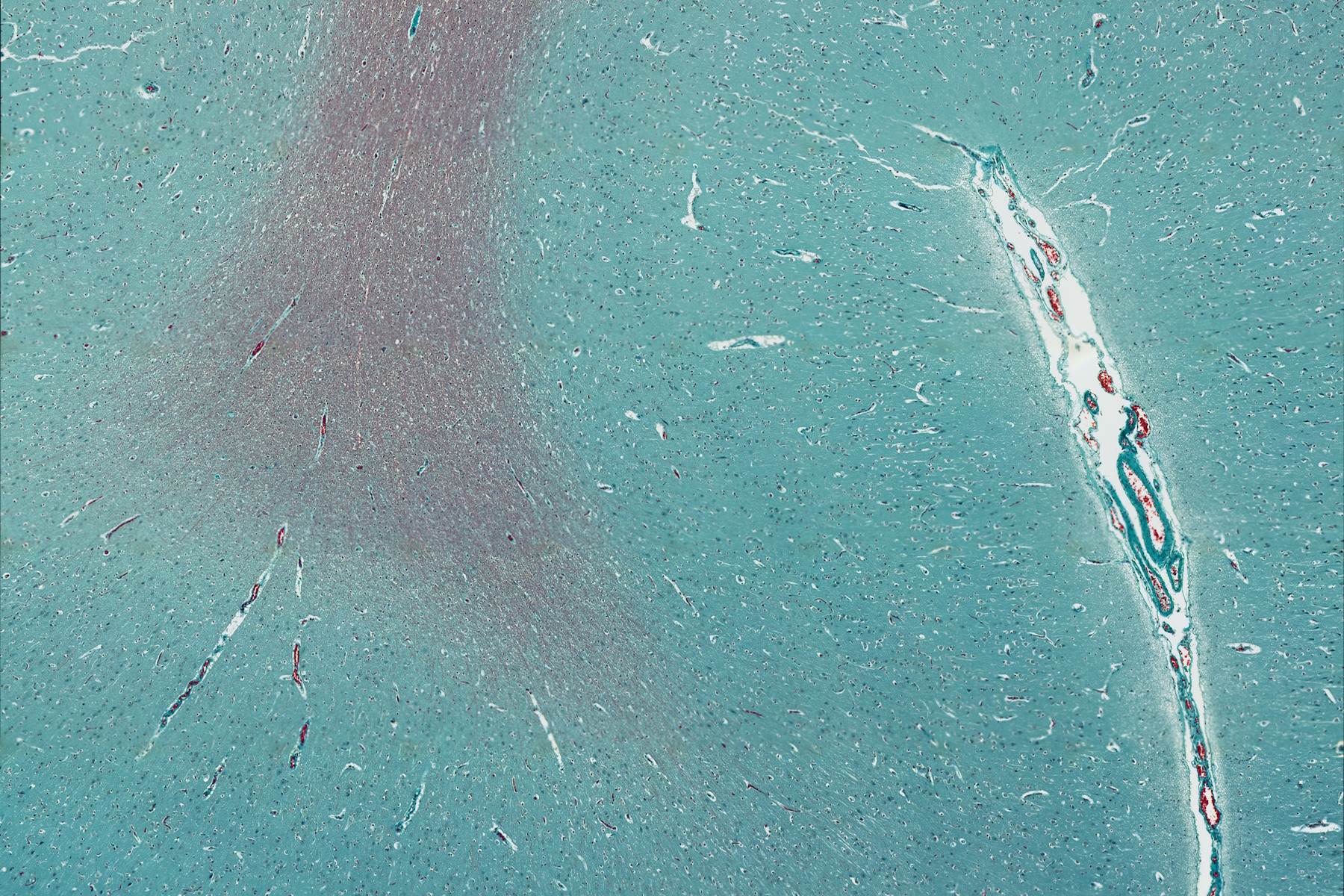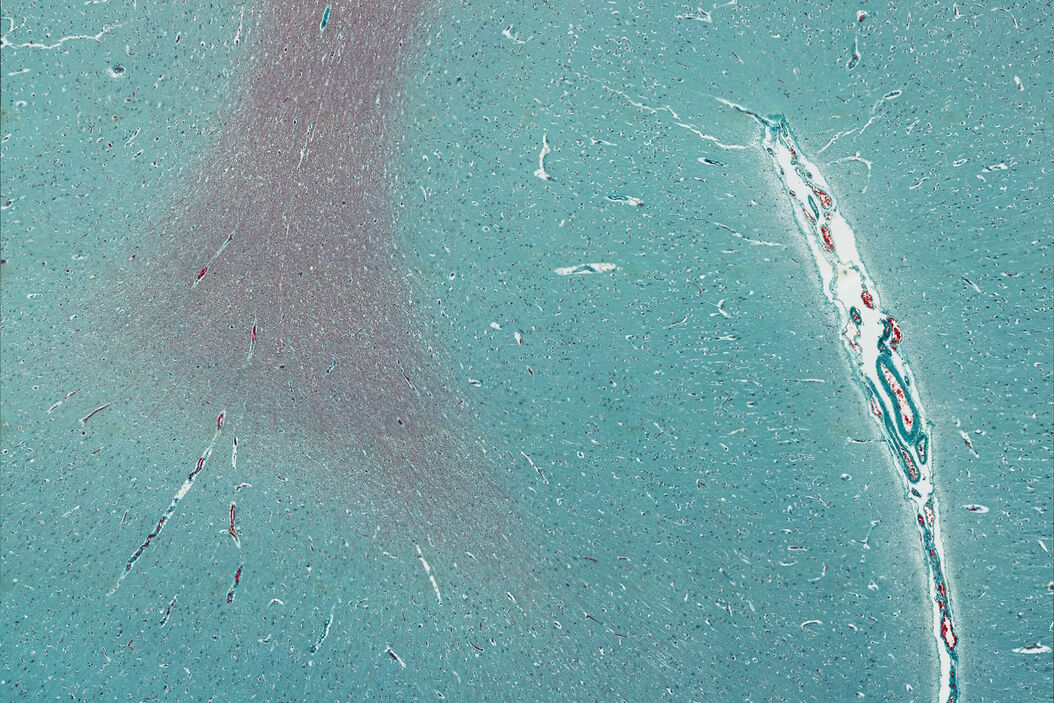A targeted approach for a comprehensive lipidomics analysis
The disruptions of core metabolic functions are linked to various diseases, such as cancer and chronic inflammatory metabolic disorders i.e., diabetes, obesity, atherosclerosis, and rheumatoid arthritis. These types of metabolic change alter cell function within the specific tissue microenvironment. Exploring the spatiotemporal diversity of metabolism - and clarifying this complexity at single cell level - enables the development of metabolism studies, facilitates the translation to clinical applications, and enhances our understanding of the underlying causes of metabolomic changes in vivo.
In this article, you will learn how the combination of specific tissue purification with the LMD7 Laser Microdissection device and high-sensitivity detection with the SCIEX 7500 system enables the detection of trace compounds within cells for targeted lipid histology analysis.
Understanding cellular metabolism at the single-cell level is crucial for deciphering the roots of various diseases. The high-coverage targeted lipidomics analysis of a low n-number of cells, based on Laser Microdissection-LC-MS/MS, presents an advanced method to investigate the spatiotemporal diversity of metabolic changes.
Cells are constant in their exchange of material and energy with their environment, and disruptions in their metabolic functions are closely tied to diseases like diabetes, obesity, atherosclerosis, and rheumatoid arthritis. However, the intricacies of metabolic transformations in a pathogenic environment remain not fully understood due to the involvement of numerous cellular phenotypes.
The Leica Microsystems Laser Microdissection device, LMD7, employs "Move and Cut" technology, enabling precise real-time dissection of various tissue types. This method ensures contamination-free samples, making it effective for exploring diverse cellular environments. LMD is particularly useful in the isolation of individual cells or tissue regions for single-cell metabolomics.
The SCIEX 7500 system, a quantitative workstation, addresses the challenges of single-cell metabolomics with increased sensitivity. Acknowledging the limitations of intracellular metabolite amplification, this system offers a targeted approach for a comprehensive lipidomics analysis. The method covers nearly 1900 lipid molecules, providing a panel for Multiple Reaction Monitoring (MRM) transitions.
The workflow, combining Leica LMD7 and SCIEX 7500, successfully detected 285 lipids across seven classes in isolated single cells. Its reliability is reinforced by comparing peak positions with blank extraction solvent and positive control plasma samples. This precision allows qualitative determination of lipid compounds in cell samples.
In summary, the synergy of targeted sampling with Leica LMD7 laser microdissection and the high-sensitivity SCIEX 7500 system opens new avenues in lipid histology analysis. With 285 lipid compounds detected in a 2000 μm² tissue area, this method fulfills the compound coverage requirements for histological analysis. The "Move and Cut" technology of Leica LMD7 and the sensitivity of SCIEX 7500 have created a solution, extendable to other cell section samples, advancing precision metabolomics research and continued exploration of the complexities of cellular metabolism.





